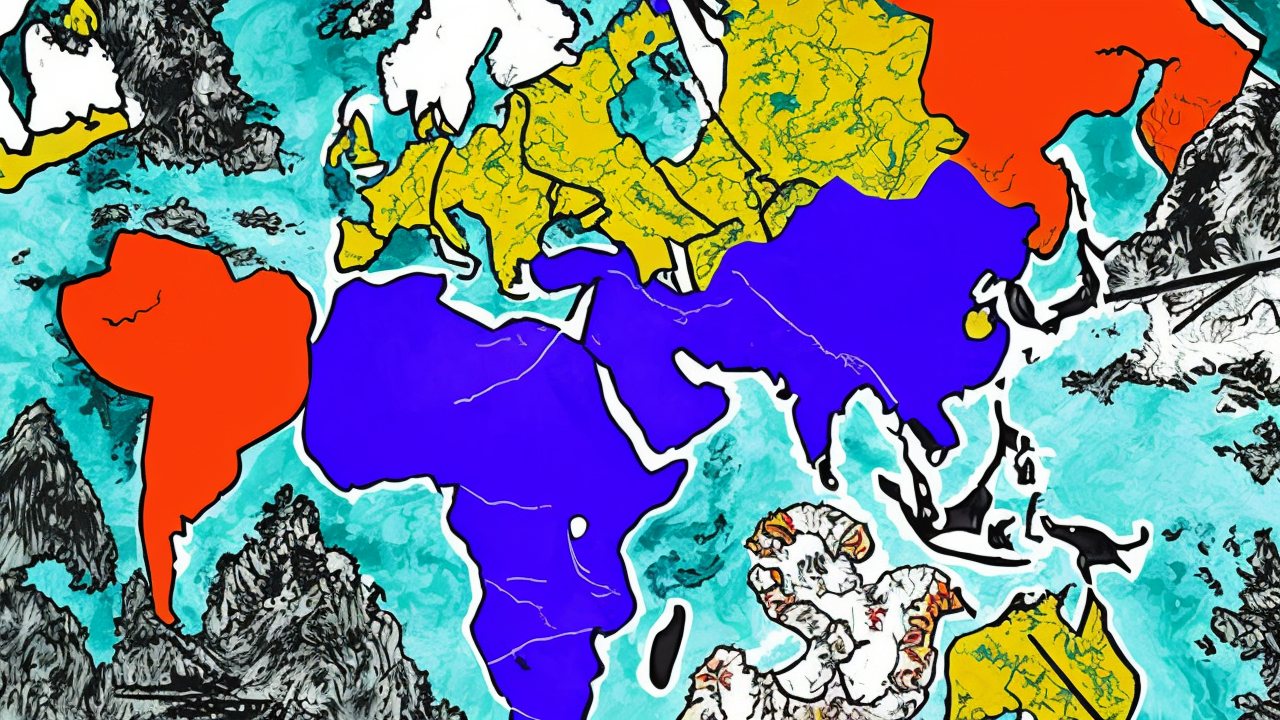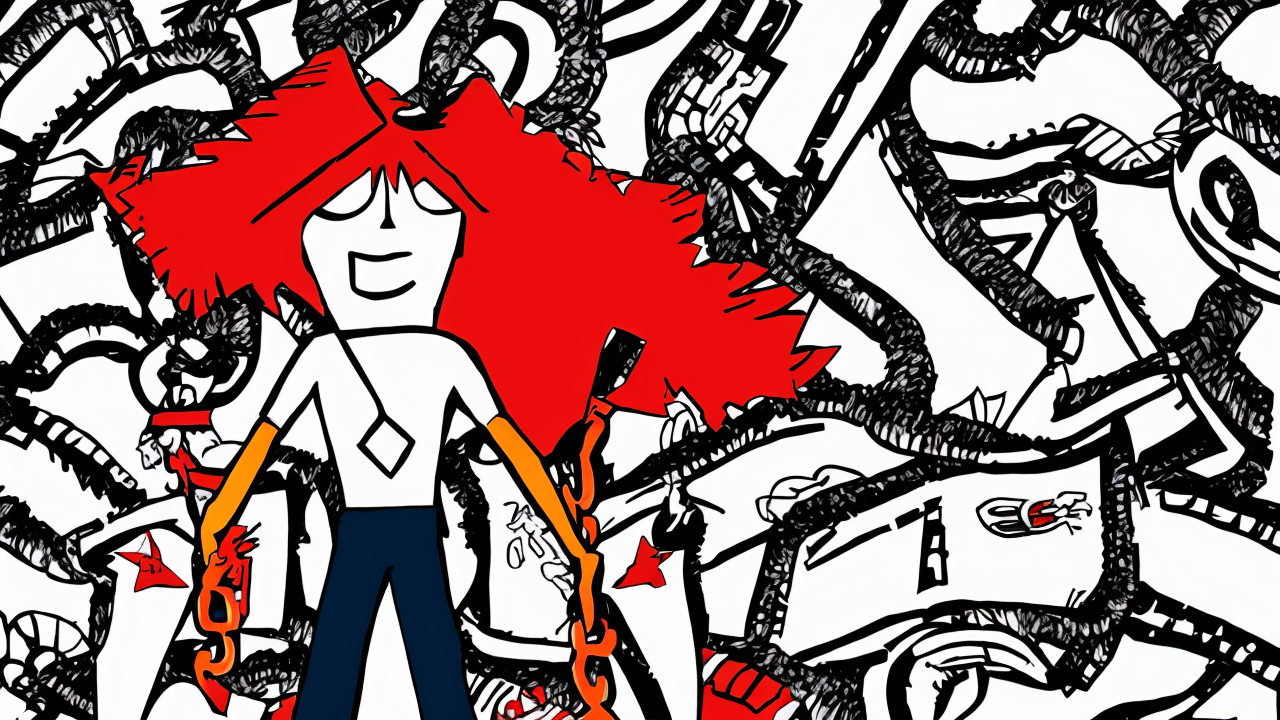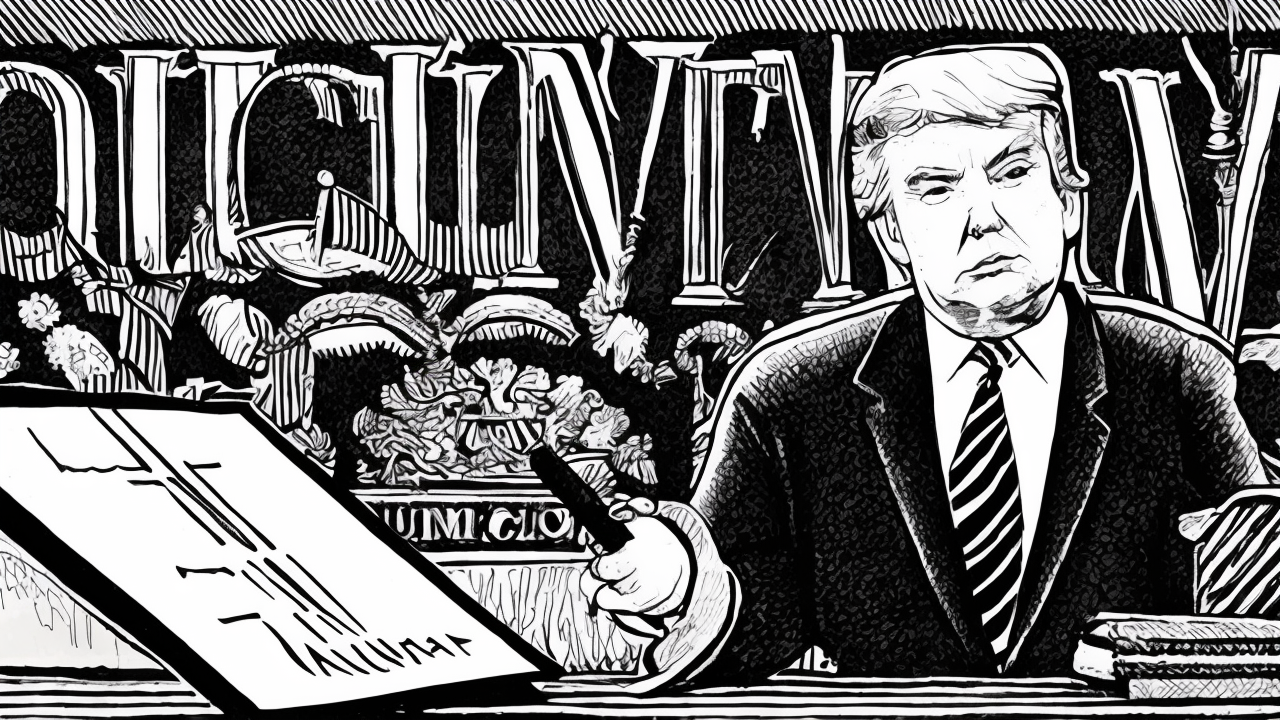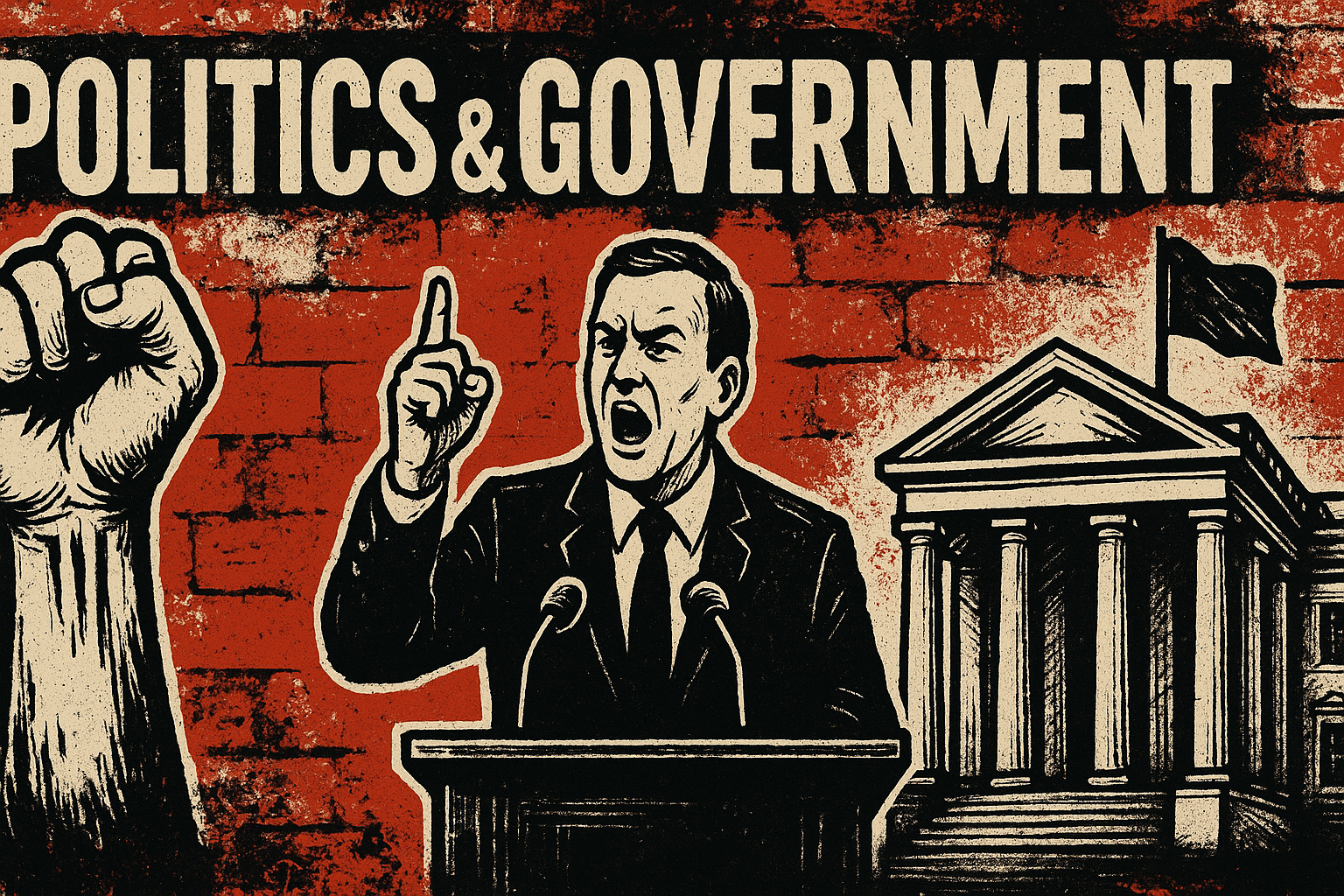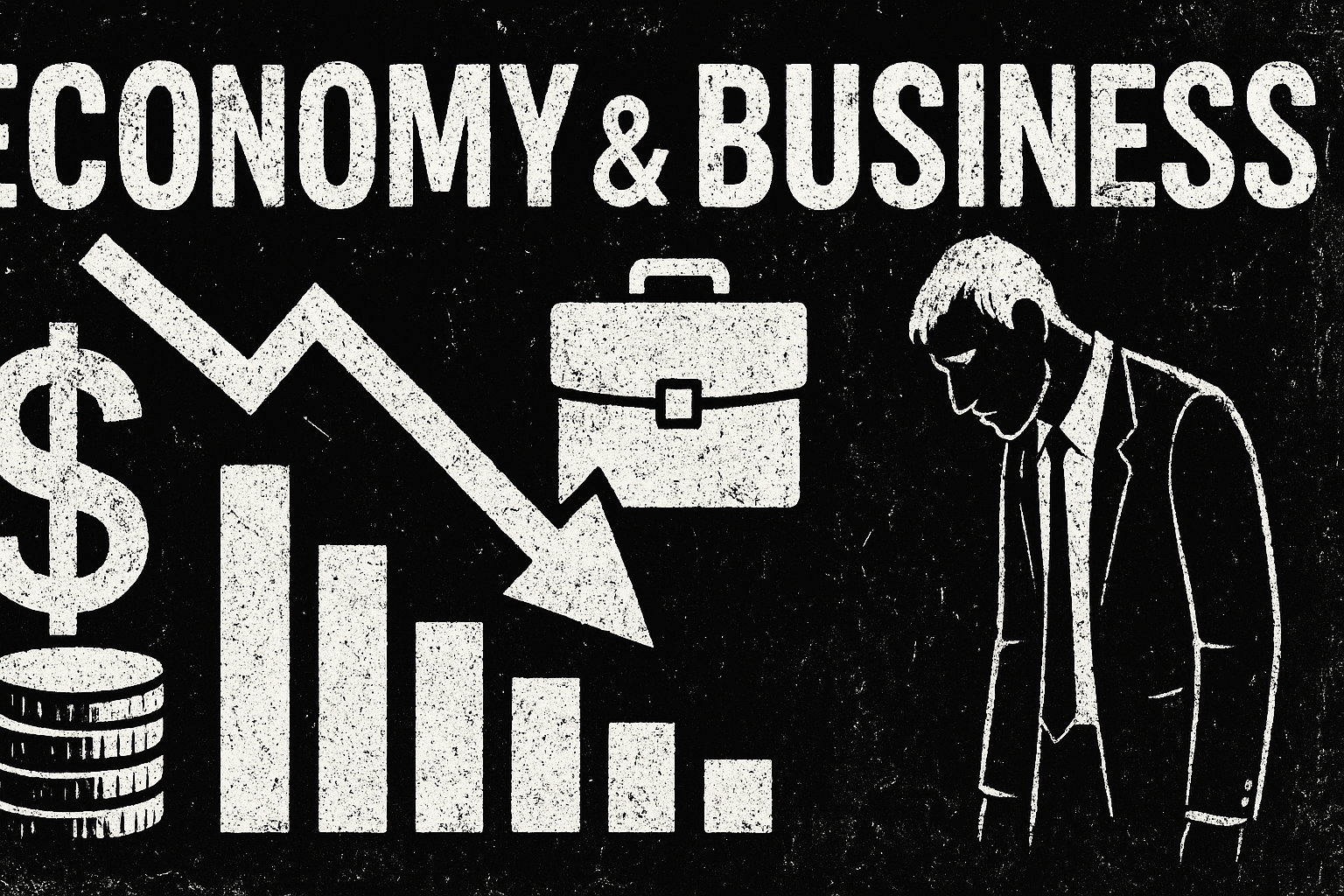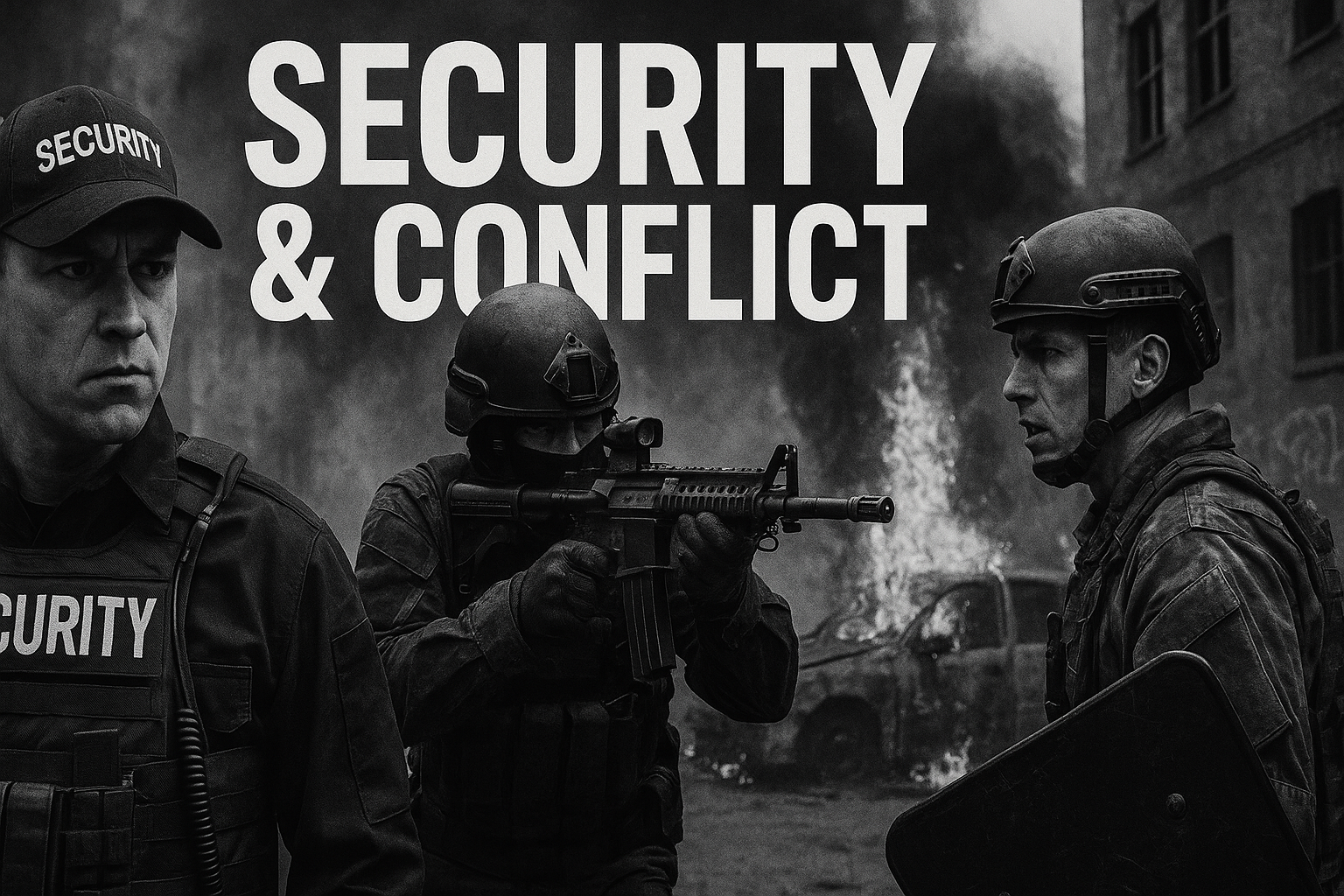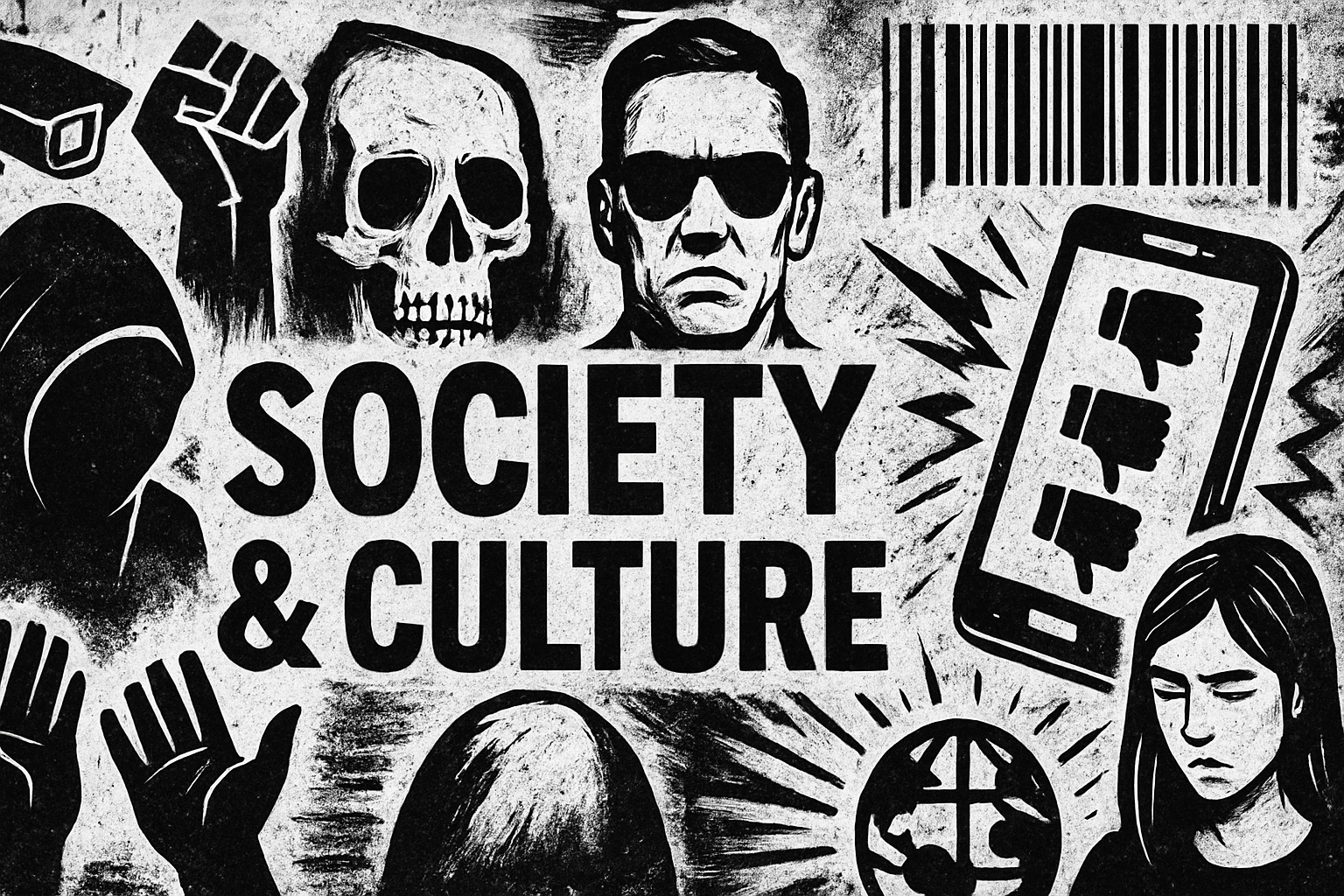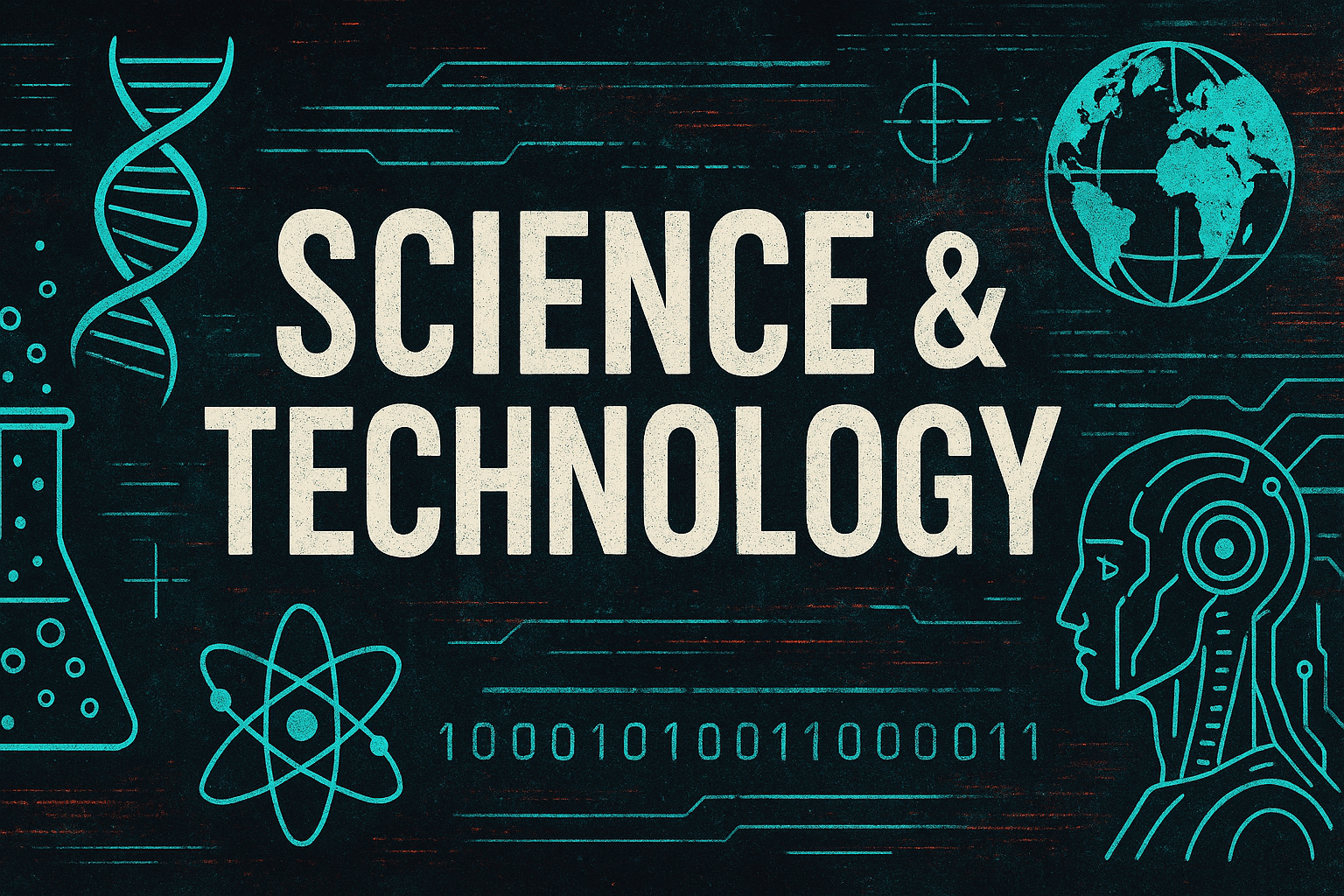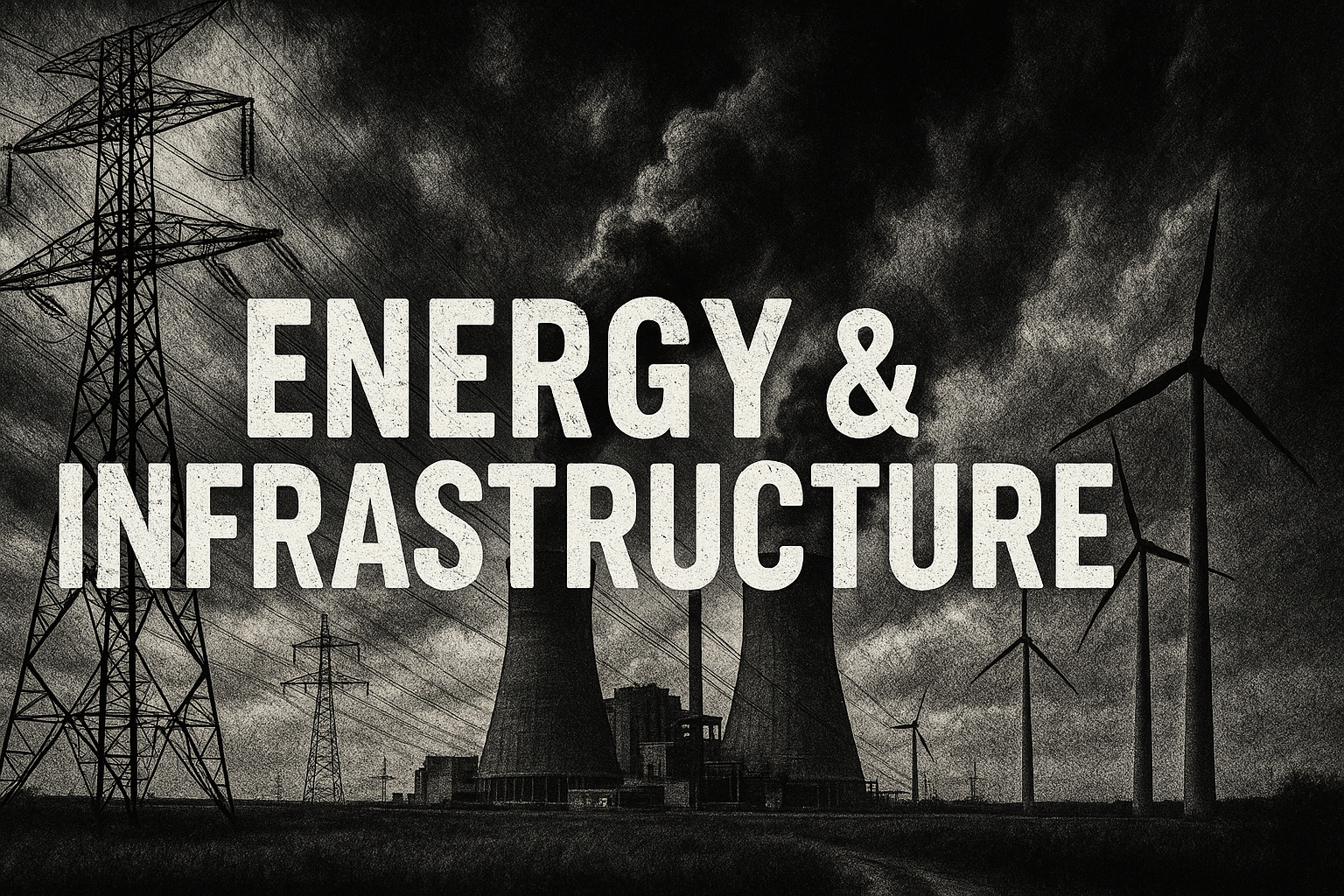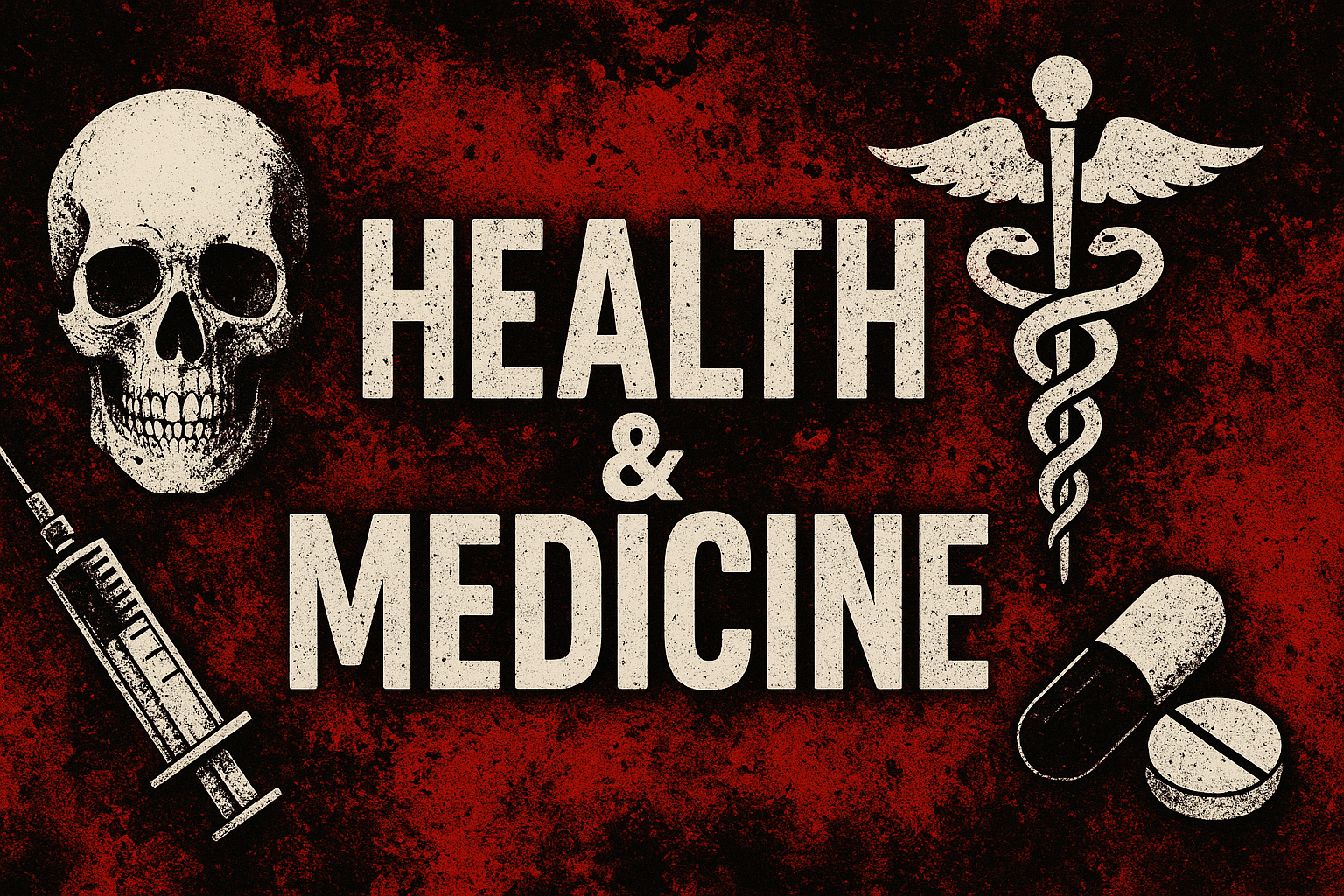Reviving Local Control to Tackle Wildfire Crisis
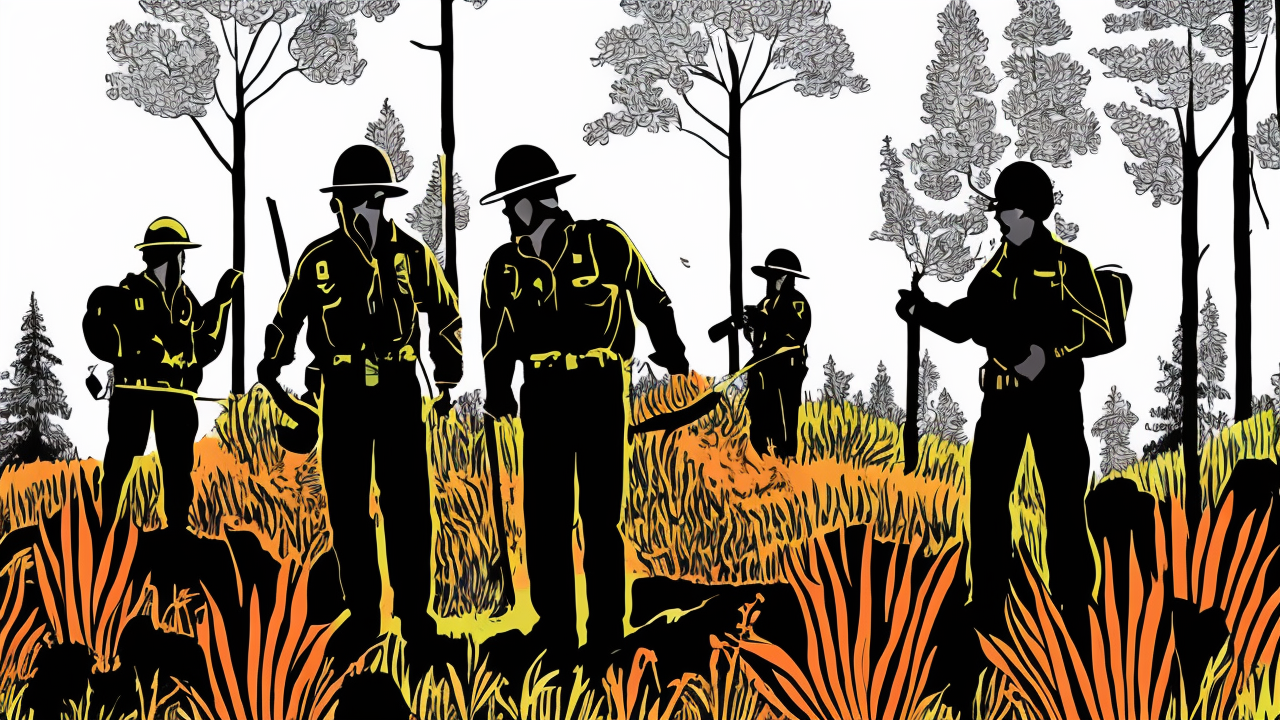
Wildfires continue to devastate communities across the nation, highlighting the urgent need for a reformed approach to wildfire prevention and suppression. Experts argue that returning decision-making power to local District Rangers is the most effective solution. These rangers, who once managed forests with autonomy and community engagement, are uniquely positioned to address fire risks through targeted tree thinning, brush removal, and rapid response to outbreaks.
However, recent proposals, including the creation of a centralized "mega-wildfire agency," threaten to exacerbate the problem by removing local oversight and innovation. Such a top-down approach risks disconnecting wildfire management from the specific needs of communities, potentially leading to ineffective policies or even catastrophic failures.
The Biden administration's emphasis on prescribed burns and allowing fires to "naturally" regenerate ecosystems has also drawn criticism. While controlled burns can be beneficial, the current approach often lacks accountability and precision, as evidenced by the 2022 New Mexico wildfire that claimed lives and destroyed homes.
Local District Rangers, empowered with budgetary control and decision-making authority, can implement preventive measures tailored to their regions while fostering partnerships with state and county governments. This localized strategy not only enhances wildfire resilience but also ensures that communities remain active participants in their own protection.
In conclusion, restoring local control to District Rangers is essential for addressing the wildfire crisis effectively. This approach prioritizes innovation, accountability, and community engagement, offering a sustainable path forward in the fight against wildfires.
Published: 7/11/2025

